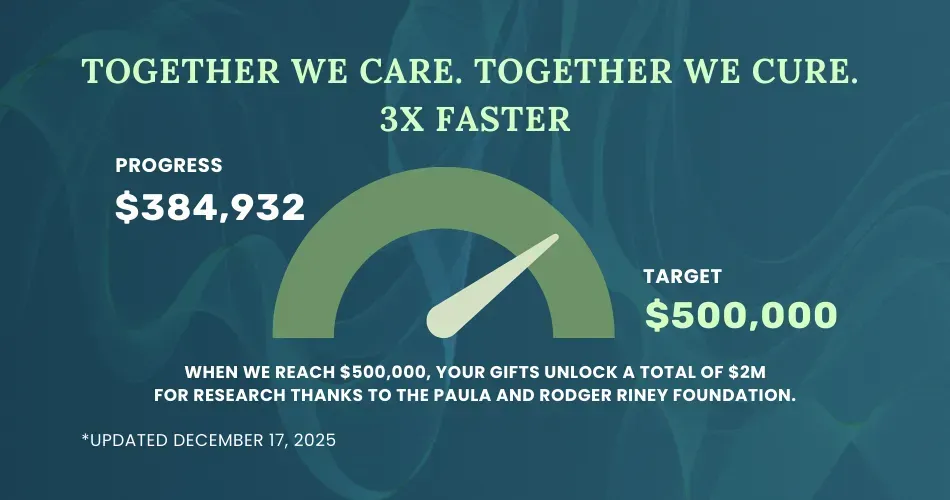How is Blastic Plasmacytoid Dendritic Cell Neoplasm Staged and Classified?
Classification System for Blastic Plasmacytoid Dendritic Cell Neoplasm
Blastic Plasmacytoid Dendritic Cell Neoplasm (BPDCN) has been frequently renamed and reclassified over the years, which has contributed to challenges in recognizing, diagnosing, and treating the disease. Today, the World Health Organization (WHO) classifies BPDCN as a distinct type of myeloid neoplasm. This classification is based on the disease’s origin in plasmacytoid dendritic cells and the immature (blastic) appearance of the cancer cells. Although this has improved diagnosis, BPDCN remains rare and complex, and additional research is needed to develop a more detailed and standardized classification system
Stages of Blastic Plasmacytoid Dendritic Cell Neoplasm
Unlike many other cancers, BPDCN does not have a formal staging system. Blood cancers such as leukemia or lymphoma are often assigned stage numbers based on how far the cancer has spread. However, BPDCN is not staged in this way. Instead, doctors describe the disease based on which parts of the body are affected—commonly the skin, bone marrow, lymph nodes, and sometimes the central nervous system (CNS).
Because BPDCN is typically aggressive, most patients are diagnosed when the disease is already widespread. This means that staging based on progression is less useful than in other cancers. Instead, treatment is guided by the overall extent of the disease and the patient’s age, health status, and response to therapy.
Want to Learn More About Blastic Plasmacytoid Dendritic Cell Neoplasm?
Keep reading HealthTree for Blastic Plasmacytoid Dendritic Cell Neoplasm's 101 pages!
- What Is Blastic Plasmacytoid Dendritic Cell Neoplasm?
- How Is Blastic Plasmacytoid Dendritic Cell Neoplasm Diagnosed?
- How Long Will I Live With Blastic Plasmacytoid Dendritic Cell Neoplasm?
- What Are The Signs And Symptoms Of Blastic Plasmacytoid Dendritic Cell Neoplasm?
- What Are Treatments For Blastic Plasmacytoid Dendritic Cell Neoplasm?
Classification System for Blastic Plasmacytoid Dendritic Cell Neoplasm
Blastic Plasmacytoid Dendritic Cell Neoplasm (BPDCN) has been frequently renamed and reclassified over the years, which has contributed to challenges in recognizing, diagnosing, and treating the disease. Today, the World Health Organization (WHO) classifies BPDCN as a distinct type of myeloid neoplasm. This classification is based on the disease’s origin in plasmacytoid dendritic cells and the immature (blastic) appearance of the cancer cells. Although this has improved diagnosis, BPDCN remains rare and complex, and additional research is needed to develop a more detailed and standardized classification system
Stages of Blastic Plasmacytoid Dendritic Cell Neoplasm
Unlike many other cancers, BPDCN does not have a formal staging system. Blood cancers such as leukemia or lymphoma are often assigned stage numbers based on how far the cancer has spread. However, BPDCN is not staged in this way. Instead, doctors describe the disease based on which parts of the body are affected—commonly the skin, bone marrow, lymph nodes, and sometimes the central nervous system (CNS).
Because BPDCN is typically aggressive, most patients are diagnosed when the disease is already widespread. This means that staging based on progression is less useful than in other cancers. Instead, treatment is guided by the overall extent of the disease and the patient’s age, health status, and response to therapy.
Want to Learn More About Blastic Plasmacytoid Dendritic Cell Neoplasm?
Keep reading HealthTree for Blastic Plasmacytoid Dendritic Cell Neoplasm's 101 pages!
- What Is Blastic Plasmacytoid Dendritic Cell Neoplasm?
- How Is Blastic Plasmacytoid Dendritic Cell Neoplasm Diagnosed?
- How Long Will I Live With Blastic Plasmacytoid Dendritic Cell Neoplasm?
- What Are The Signs And Symptoms Of Blastic Plasmacytoid Dendritic Cell Neoplasm?
- What Are Treatments For Blastic Plasmacytoid Dendritic Cell Neoplasm?
Trending Articles
Get the Latest Blastic Plasmacytoid Dendritic Cell Neoplasm Updates, Delivered to You.
By subscribing to the HealthTree newsletter, you'll receive the latest research, treatment updates, and expert insights to help you navigate your health.
Together we care.
Together we cure.
3x Faster.




